Zero Hunger, A seemingly simple word, yet it encapsulates a complex tragedy playing out on a global stage. Over 828 million people across the world, including a staggering 22% of India’s population, go to bed hungry every night. Ranked 111 out of 125 countries in the Global Hunger Index 2023, India faces a stark reality – one that demands immediate and comprehensive action.
The consequences of hunger are far-reaching and devastating. Child malnutrition, stunted growth, weakened immune systems, and an increased risk of diseases are just a few of its ugly tentacles. But amidst this seemingly insurmountable challenge, the UN’s Sustainable Development Goal 2 (SDG 2): Zero Hunger, offers a beacon of hope, a clear roadmap towards a world where food is not a privilege, but a fundamental right.
India, a signatory to the SDGs, has pledged to eradicate hunger by 2030. However, achieving this ambitious goal requires addressing the intricate tapestry of factors that contribute to Zero hunger, weaving together a multi-pronged approach that empowers communities, fosters resilience, and prioritizes equity. Here, we delve into six vital solutions, drawing from both global best practices and insights gleaned from India’s specific context:
1. Empowering the Backbone: Small-Scale Farmers
India’s agricultural landscape is dominated by small-scale farmers, often holding fragmented landholdings and lacking access to technology and markets. This vulnerability translates into food insecurity for both themselves and their communities. To break this cycle, empowering these farmers is paramount.
Cooperatives and FPOs: One strategy lies in promoting cooperative farming and Farmer Producer Organizations (FPOs). By pooling resources, land, and bargaining power, these networks enable farmers to access better inputs, negotiate fairer prices, and improve market access. Initiatives like Madhya Pradesh’s Farmer Producer Company Development Initiative (FPCDI) showcase the tangible benefits, with FPOs experiencing a 20-30% increase in income and improved market linkages.
Microfinance and Technology: Access to microfinance and credit schemes is another crucial tool. Loans empower farmers to invest in improved seeds, fertilizers, and irrigation technologies, like drip irrigation systems that optimize water usage in a resource-scarce country like India. Initiatives like NABARD’s ‘Kisan Credit Card’ scheme have facilitated easier access to credit for over 80 million farmers.
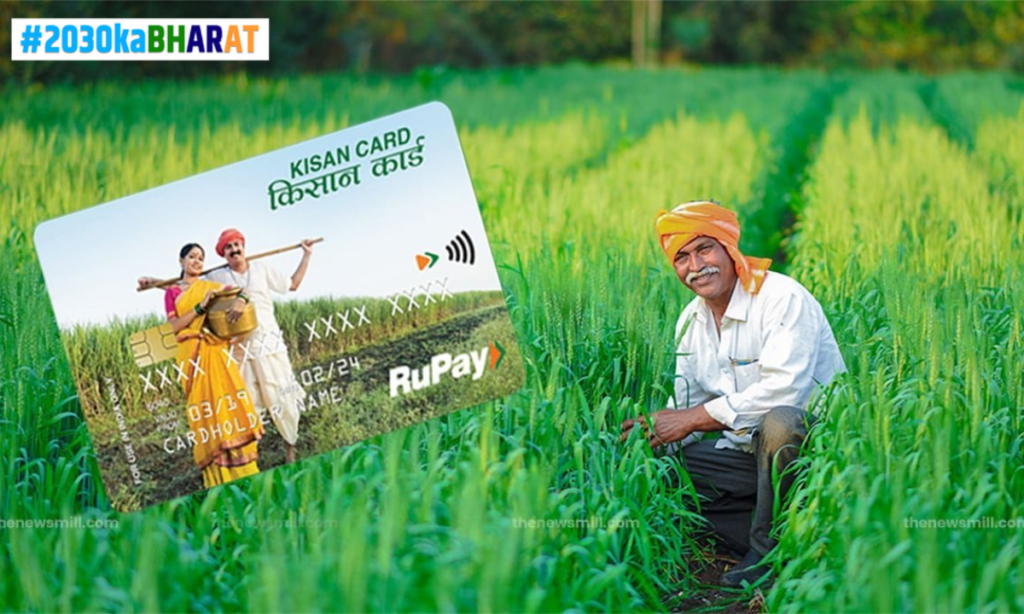
Rural Infrastructure: Building robust rural infrastructure is equally critical. Cold chain storage facilities, efficient transportation networks, and accessible storage structures drastically reduce food waste and post-harvest losses. The Indian government’s ‘Operation Greens’ scheme, focusing on building cold chain infrastructure, aims to reduce vegetable wastage by 25% approx.
Agroecology for Resilience: Transitioning towards agroecological practices like crop diversification, integrated pest management, and soil conservation builds long-term resilience in farming systems. These practices not only enhance soil fertility and improve yields but also increase biodiversity, creating a more sustainable and adaptable agricultural landscape. The Indian government’s ‘Paramparag Krishi Vikas Mission’ promotes these practices, aiming to empower over 10 million farmers by 2027.
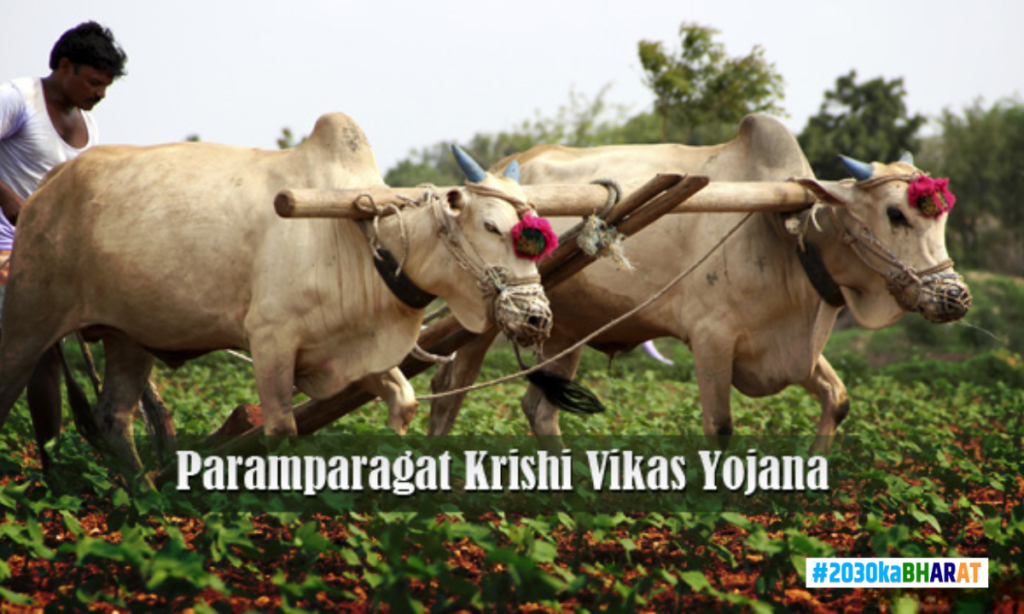
2. Bridging the Gender Gap: Empowering Women in Agriculture
Women play a crucial role in Indian agriculture, contributing significantly to farm labor and food production. Yet, they often face systemic disadvantages, lacking access to land ownership, resources, and decision-making power. This gender inequality not only hinders their potential but also impacts overall food security.
Land Ownership and Inheritance: Addressing these disparities requires tackling them at the root. Land reforms and inheritance laws that ensure women’s ownership and control over land empower them to make decisions about their agricultural practices and income. Kerala’s land reform model, which prioritizes women’s land ownership, stands as a shining example.
Training and Resources: Bridging the resource gap is equally important. Providing women with access to training programs, information, and financial resources enhances their agricultural skills and entrepreneurial endeavors. Schemes like Rajasthan’s ‘Rajiv Gandhi Mahila Kisan Yojna‘ offer skill development training and microfinance support to women farmers.
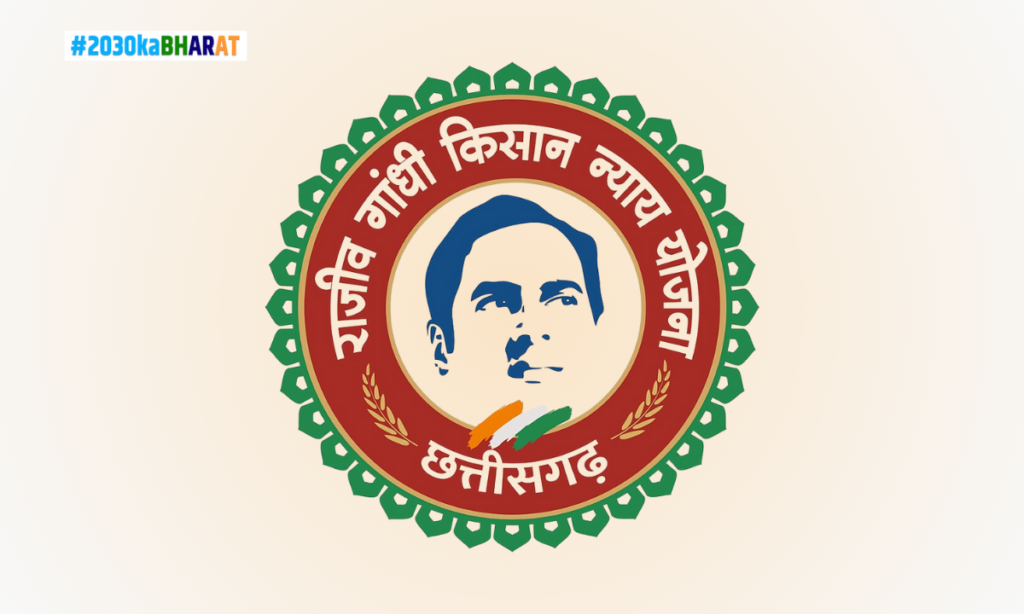
Gender-Sensitive Policies: Finally, gender-sensitive agricultural policies and programs are crucial. These policies recognize the distinct challenges faced by women farmers and tailor solutions accordingly. Initiatives like the Indian government’s ‘Mahila Kisan Sashaktikaran Pariyojana‘ scheme, focusing on capacity building and market access for women farmers, illustrate this approach.
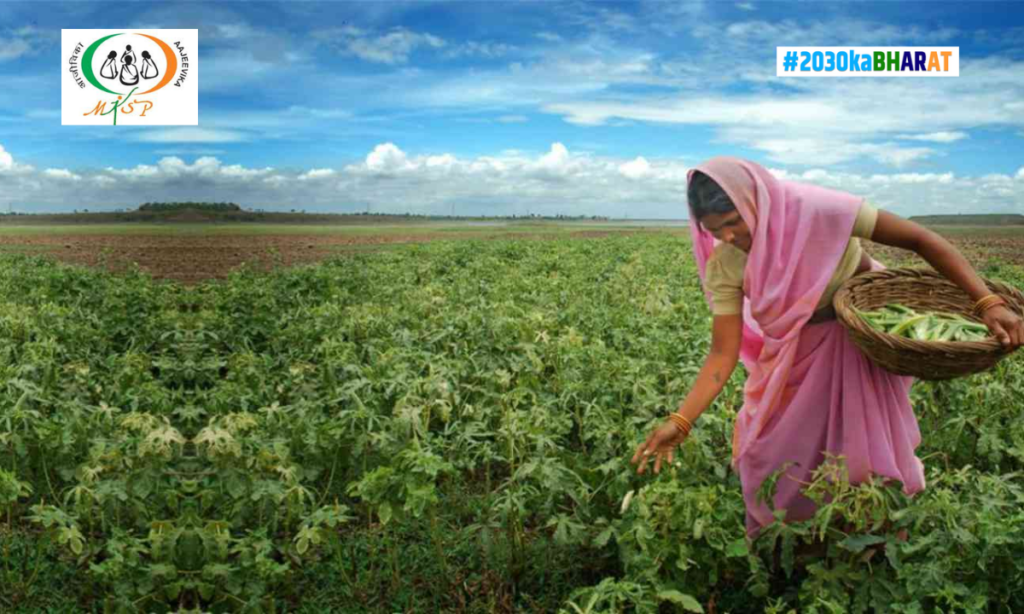
3. Investing in Education for a Nutritious Future (continued):
- Integrating nutrition education into school curriculums and community outreach programs is a crucial first step. Initiatives like the ‘Mid-Day Meal Scheme’ in India provide nutritious meals to school children, while programs like UNICEF’s ‘Scaling Up Nutrition’ educate communities about balanced diets and essential micronutrients.
- Promoting the cultivation and consumption of nutrient-rich crops like millets, pulses, and fruits provides access to diverse vitamins and minerals. Initiatives like the Indian government’s ‘Millet Mission’ encourage the cultivation and consumption of these underutilized crops, contributing to both nutritional diversity and farmer income.
- Strengthening public health systems ensures access to prenatal care, child health services, and micronutrient supplementation programs, particularly for vulnerable populations. India’s ‘Poshan Abhiyan’ scheme focuses on improving maternal and child nutrition, particularly in the early years, contributing to a healthier future generation.
4. Reducing the Unacceptable Waste: Tackling Food Loss and Waste
An estimated 40% of food produced in India is lost or wasted due to inadequate storage, transportation, and processing facilities. This translates to millions of hungry stomachs and a stark inefficiency in our food systems.
- Investing in post-harvest infrastructure is crucial. Cold chain storage facilities, processing units, and efficient transportation networks minimize losses and extend the shelf life of perishable produce. Public-private partnerships like the ‘Warehouse Infrastructure Development Fund’ in India aim to bridge the infrastructure gap and reduce food waste.
- Raising awareness among consumers about reducing food waste at home and supporting initiatives like food banks and community kitchens can significantly decrease household waste. Public awareness campaigns like ‘Save Food, Feed the World’ encourage responsible consumption and promote food donation programs.
- Encouraging the adoption of innovative technologies like solar-powered dryers and mobile cold storage units can provide readily available solutions in remote areas, particularly during harsh weather conditions. These technologies offer affordable and accessible options for farmers and communities to preserve food effectively.
5. Building Resilience: Adapting to a Changing Climate
Climate change and extreme weather events pose a significant threat to agricultural productivity and food security in India. Erratic rainfall patterns, droughts, and floods disrupt agricultural cycles and devastate livelihoods.
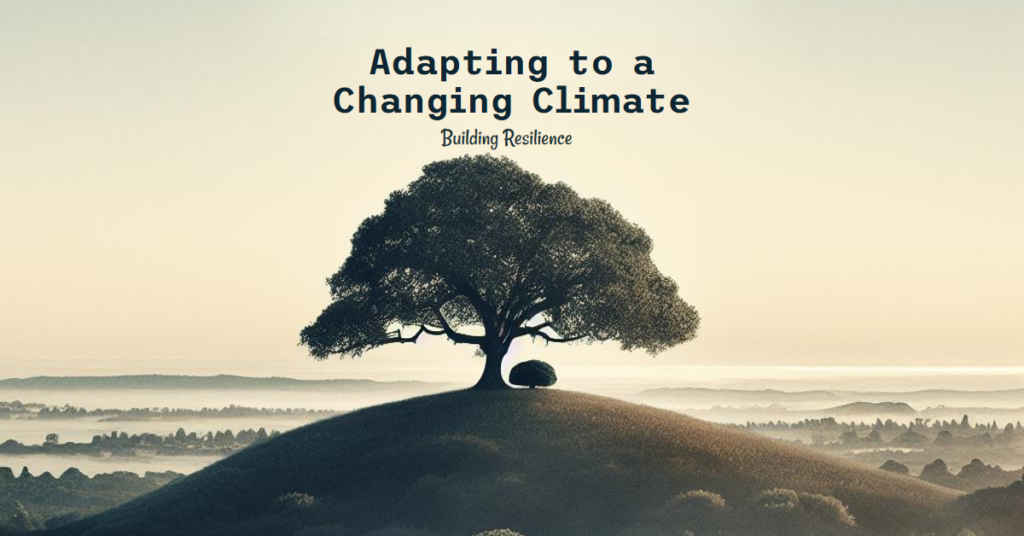
- Promoting climate-smart agriculture practices is key. Drought-resistant crop varieties, water conservation techniques like drip irrigation, and agroforestry systems that improve soil health and moisture retention build resilience against changing climatic conditions. The Indian Council of Agricultural Research (ICAR) plays a crucial role in developing and disseminating these practices.
- Investing in early warning systems and weather-based crop insurance schemes empowers farmers to prepare for adverse weather events and mitigate potential losses. Early rainfall and flood alerts issued by the Indian Meteorological Department (IMD) help farmers adjust their sowing and harvesting practices, while crop insurance schemes provide financial security in case of crop failures.
- Building community resilience through disaster preparedness training and infrastructure development allows communities to cope with the effects of extreme weather events. Investing in flood control measures, improving drainage systems, and establishing emergency response protocols creates a safety net for vulnerable populations.
6. Strengthening the Social Safety Net: Leaving No One Behind
Millions of people in India live in poverty and are particularly vulnerable to food insecurity due to economic shocks and lack of social protection. Ensuring access to basic necessities like food becomes paramount in such situations.

- Expanding access to social safety nets like public distribution systems, food voucher programs, and social pensions offers immediate relief to vulnerable populations. Schemes like the ‘Antyodaya Anna Yojana’ ensure affordable access to essential food grains for the poorest households.
- Investing in rural development programs that create employment opportunities and diversify livelihood options empower communities to break the cycle of poverty and achieve long-term food security. Skill development programs and microfinance initiatives like the ‘National Rural Livelihood Mission’ help rural communities build sustainable livelihoods and improve their overall well-being.
- Advocating for policies that ensure minimum wage protection and fair prices for agricultural produce empowers farmers and incentivizes sustainable food production. The Indian government’s efforts to raise minimum wages and implement schemes like ‘MSP’ for certain crops provide some support to farmers in achieving fair returns.
Conclusion: A Collective Call to Action
Zero world hunger is not an insurmountable challenge, but it requires a global collective effort, an unwavering commitment to implementing these solutions, and a continuous drive for innovation. Governments, NGOs, research institutions, the private sector, and individuals all have a crucial role to play.
By empowering farmers, bridging gender gaps, investing in education and nutrition, reducing food waste, adapting to climate change, and strengthening social safety nets, we can pave the way towards a future where food security is not a privilege, but a fundamental right for every individual.
References:
Global Hunger Index Byjus
Business Today
